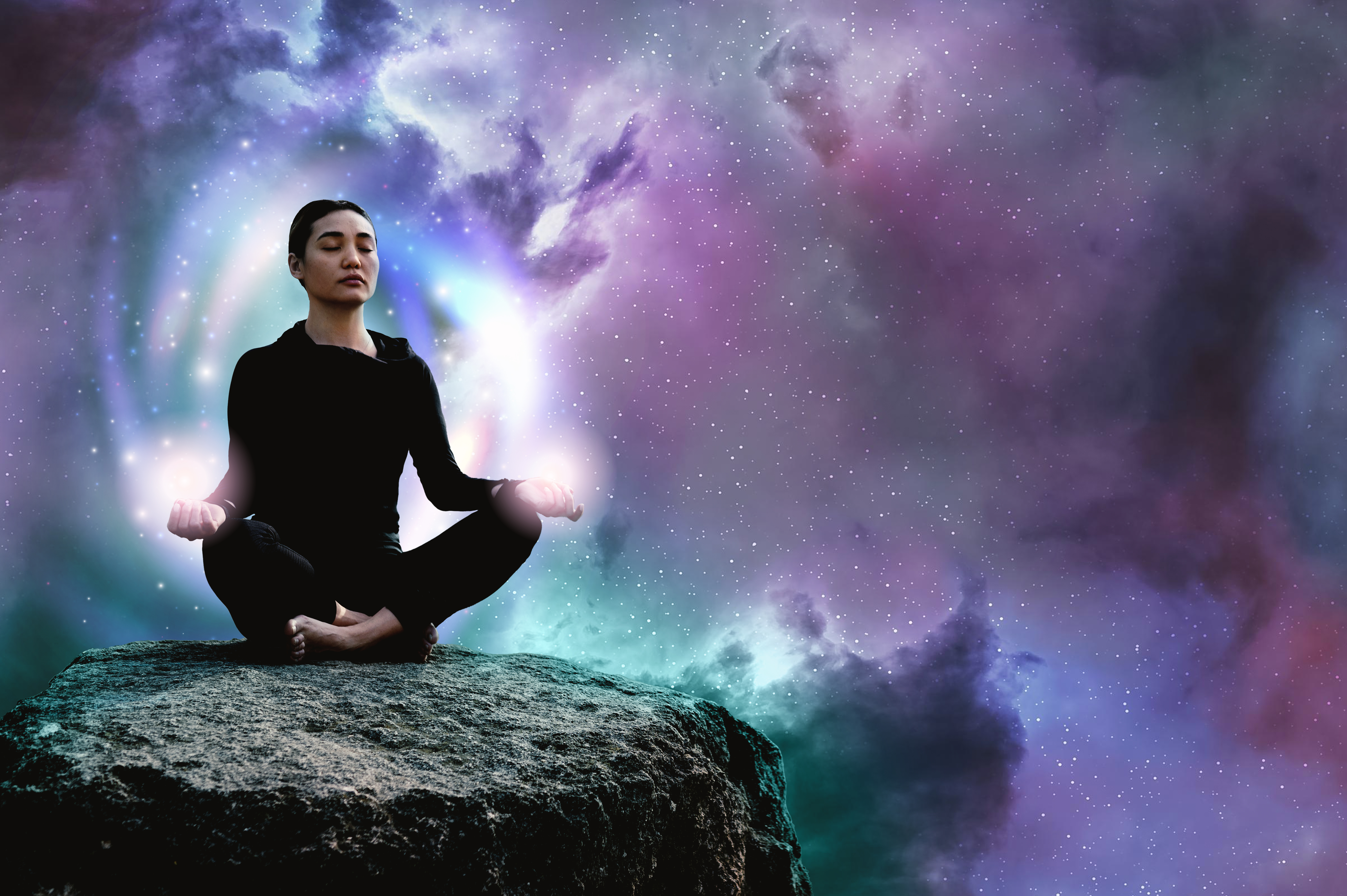272Views 0Comments
A Serene Mind Psychology

In this blog, we will talk about the idea of cultivating serenity of mind and its transformative impact on one’s life.
The Power of Serenity
There lies a beautiful gem of wisdom available through self-control: Serenity. Serenity: an asset not simply found aesthetically but acting as an aid during our life’s ups and downs – truly worth finding and nurturing!
Serenity doesn’t come easily: to attain it requires experience and deep insights into our thoughts as well as disciplined practice. But cultivating Serenity gives us tools to navigate life with grace and composure.
An emotionally stable individual stands out as an island in an otherwise turbulent sea, easily adapting and remaining composed even during tough situations. Their capacity to remain calm makes them truly exceptional; people around them admire them immensely for their spiritual strength.
Serenity is more than a personal quality; it can alter our interactions and relationships with those around us. When we are calm, we become adept at listening without judgment and are more empathic towards others, creating an atmosphere of harmony and understanding between individuals in relationships.
Peacefulness can assist us in facing obstacles with resilience and determination, viewing them as opportunities to learn more and grow as people. Serenity enables us to approach difficult situations with clarity of thought to make wise decisions and implement meaningful steps forward.

Serenity can have an enormously positive effect on our overall wellness, from relieving stress to improving mental and physical health, creating greater happiness, satisfaction, and fulfilment in life. Finding inner peace through Serenity allows us to find comfort amidst an often chaotic world.
How can we cultivate peace in our lives? Practicing self-control can play an instrumental role. By learning how to regulate our thoughts, emotions, and reactions more efficiently, we can choose Serenity over chaos more consciously – something that takes both discipline and mindfulness from us all.
Meditation and mindfulness practices can be powerful methods for cultivating Serenity. By setting aside some time each day to just be in the moment and let go of stress or worries, these practices help us embrace each moment with open arms and find inner peace.
One way to cultivate peace and Serenity is through self-reflection and introspection. Spending some time to focus inward can provide incredible clarity, helping us let go of any inner tension while uncovering more about who we truly are as individuals.
Approaching Serenity by adopting a positive outlook and practicing gratitude as part of our strategy can bring Serenity closer. When we recognise all that is good in our lives and express appreciation for what we possess, this shifts our perspective toward positivity and abundance – creating conditions necessary for Serenity to flourish.
At its heart, Serenity is an immense force that can help us navigate life’s trials with grace when achieved through self-control and discipline. Cultivating Serenity allows us to adapt better with others, confront obstacles with resilience, and experience inner peace and contentment while positively impacting relationships and overall well-being – let’s strive to cultivate Serenity every day to unlock its transformative powers!
Tranquility and Success
Tranquility refers to being calm and peaceful, often associated with inner harmony. Serenity allows one to tackle life’s obstacles more smoothly while having greater control of oneself than being easily affected by external influences or circumstances.
As people become more tranquil, their success, influence, and power for good increase significantly. Being calm and centred allows us to make better decisions that align with our values and goals while less susceptible to outside pressures; our inner wisdom guides our choices more directly than external opinions ever could!
Those around them revere strong and calm individuals. Their presence exudes security and assurance; people naturally gravitate towards them for support and guidance, drawing strength from them as sheltering figures who help others through challenges they might face.
Learning to live from the inside out is central to cultivating peace. This involves shifting our attention from external circumstances back into ourselves; rather than reacting emotionally and responding with actions in response to events outside, we cultivate inner tranquility through steady steps towards inner calmness and inner peace.

Living from within gives us control over external circumstances. Instead of being subjected to life’s ups and downs, we become masters of our destiny – responding gracefully and resiliently when faced with challenging events because our inner strength outshines any external one.
Mindfulness and meditation can be powerful ways of cultivating tranquillity. By regularly taking time to relax the mind and connect with ourselves, mindfulness and meditation help us achieve inner calmness – giving us greater power over how we respond in any situation.
Tranquility does not involve suppressing emotions; instead, it consists of being fully present for whatever arises and responding with wisdom and kindness to whatever arises – finding our inner stillness within all that chaos of life to guide actions and decisions accordingly.
Cultivate calmness of mind through self-control and patience.
By cultivating tranquillity, we become an uplifting presence in the world. Our tranquil existence encourages others to find inner calm and serenity for themselves, thus enabling us to act as beacons of light guiding others toward leading more tranquil yet prosperous lives.
Let us all strive to promote serenity in our lives, prioritising self-care and mindfulness by setting aside time each day to feed ourselves from within – thus contributing to creating a more peaceful world!
Remind yourself throughout the day of the beauty and wisdom of serenity.
One way we can cultivate serenity is to remind ourselves daily of its beauty and wisdom – whether through affirmations, visualisations, or simply taking moments of silence for reflection and stillness.
Affirmations are positive statements we repeat aloud to ourselves to reinforce specific beliefs or mindsets; for instance, saying something like, “I am calm and serene,” or “I radiate peace and tranquility,” can help shift focus onto serenity while creating a peaceful internal environment.
Visualisation can also help us find peace. By vividly visualising ourselves in a peaceful setting, we can trigger feelings associated with tranquillity – an effective strategy during particularly challenging periods or to restore inner calmness. This strategy may come especially in handy during difficult or trying periods of our lives.
Plan and act with calm confidence, and observe its lasting results.
Lastly, Accepting serenity means making it part of our everyday actions and decisions, from daily activities such as driving to taking steps toward our goals with an optimistic yet calm mindset – this way, we can maximise our performance while reaching for optimal outcomes.
Prioritise self-care when planning activities to maintain serenity. Take time out for rest, relaxation, and activities that bring us joy or peace; these will recharge our batteries while creating moments of serenity amid all that hectic activity in life.
Maintaining a peaceful mindset means approaching challenges and setbacks with patience and resilience rather than feeling intimidated or overcome, thus giving us time to find innovative solutions and gain valuable lessons from difficult circumstances.
By practicing serenity in our daily lives, we can gain inner peace and well-being and influence those around us to live more peaceful lives. Serenity spreads like wildfire; when we embody it ourselves, we create ripple effects of calmness throughout relationships and communities.
Conclusion
Accepting serenity means cultivating calmness through self-control and patience by mindfully selecting our responses to triggers. We can develop resilience and inner peace through techniques like deep breathing and reframing negative thoughts. Reminding ourselves of its beauty through affirmations or visualisation can reinforce a favourable internal environment; approaching tasks or challenges with a serene mindset while prioritising self-care helps optimise performance for improved results and our performance – reaping personal and societal rewards through cultivating serenity! Embracing serenity benefits both ourselves and others, creating a ripple effect of calmness that spreads outward from within ourselves to inspire a better state of living.


